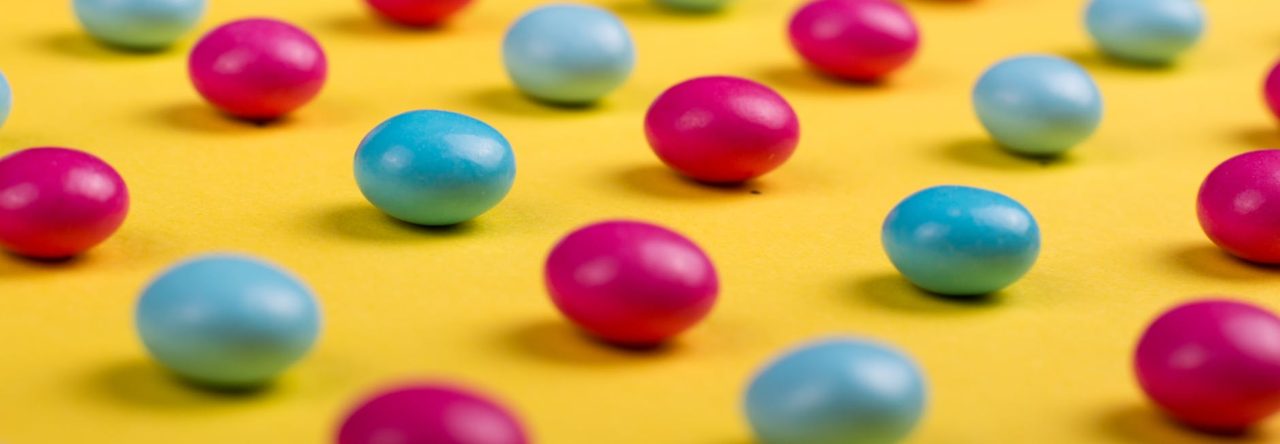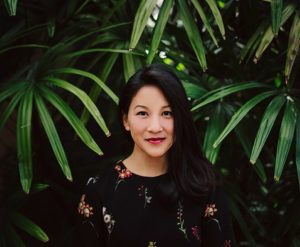 Please welcome Julia Kuo to OPB! She’s a Taiwanese-American illustrator who has worked with The New York Times, The Wall Street Journal, Google, and ProPublica. She has published over a dozen books, including picture books as well as other types of books. Julia has also taught illustration courses at Columbia College Chicago and at her alma mater, Washington University in St. Louis. Among her many awards, she was an artist-in-residence at the Banff Centre for the Arts in 2014 and in 2017, and Julia is the recipient of a 2019–2021 Gray Center Mellon Collaborative Fellowship at the University of Chicago.
Please welcome Julia Kuo to OPB! She’s a Taiwanese-American illustrator who has worked with The New York Times, The Wall Street Journal, Google, and ProPublica. She has published over a dozen books, including picture books as well as other types of books. Julia has also taught illustration courses at Columbia College Chicago and at her alma mater, Washington University in St. Louis. Among her many awards, she was an artist-in-residence at the Banff Centre for the Arts in 2014 and in 2017, and Julia is the recipient of a 2019–2021 Gray Center Mellon Collaborative Fellowship at the University of Chicago.
Without further ado, let’s get right to the interview!
RVC: When did you first get interested in art?
JK: I started taking drawing classes when I was 5 years old and living in Taipei.
RVC: Wow, that’s an early start. At point did you realize you were going to be a professional artist?
JK: Around my third year of college; I fought it for as long as I could and tried to stick with my business major, but I couldn’t get myself to stop taking art classes.
RVC: Why was the illustration major at Washington University in St. Louis a great fit for you?
JK: I always wonder how life would have turned out if I’d gone to a traditional art school. Going to WashU felt more like getting illustration on the side of a typical college experience. I’m glad I was able to take the business and psychology classes I was interested in, and that my classmates were all studying such interesting and different things! As for the illustration major itself, it leaned towards a more conceptual and process-driven approach than a technical one, and that was an area of training that I really needed.
RVC: You worked for American Greetings right out of college. What kind of lessons did you learn there?
JK: I learned a lot while working at American Greetings about how the creative process could be translated to a corporate environment. Some days, I was floored by all the resources made available for the creative teams and other days I felt the limitations and inefficiency of a large, complex system. The little I know today about post-production and reviews comes from my time there.
RVC: How did you make the shift from American Greetings artist and editorial illustration to creating books?
JK: I was signed on to my first chapter book thanks to a friend’s helpful connection. That book happened to be written by Jenny Han and edited by Alvina Ling–someone I am still making books with! What’s even more amazing is that I came out with a literary agent at the end of the process. Emily Van Beek is Jenny’s agent and when she saw that I wasn’t represented, Emily she reached out to me. Signing with her was probably the single most important thing that has ever happened in my career!
RVC: Emily’s good people–congrats on that. What do you most like about making picture books?
JK: I love getting lost in big projects. I’ve always enjoyed creating a series of images and I love that each book means I get to develop a new visual language from scratch. I’m also more of a designerly illustrator, so I enjoy working with layout and imagining how the text will live with the image.
RVC: Which of your picture books got its first starred review?
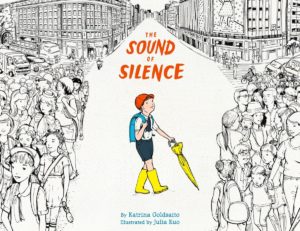 JK: I think it was The Sound of Silence by Katrina Goldsaito.
JK: I think it was The Sound of Silence by Katrina Goldsaito.
RVC: What did it feel like to have glowing comments about YOUR art?
JK: Well, I always see it as more of a team effort, since the art could have never existed without the manuscript. As an illustrator, I am always reacting to the text, and a great manuscript challenges me to create art that is worthy of the words!
RVC: Which of your picture books was the most challenging to illustrate?
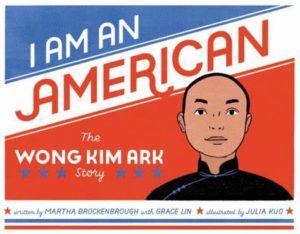 JK: Hmm, I do remember the physical pain of The Sound of Silence, because it required so much detailed linework and coloring. I had to take days off from drawing to save my wrist! I Am An American: The Story of Wong Kim Ark [coming out November 2021!] was challenging because of its historical nature; I was constantly afraid of not doing enough research and portraying scenes or figures inaccurately.
JK: Hmm, I do remember the physical pain of The Sound of Silence, because it required so much detailed linework and coloring. I had to take days off from drawing to save my wrist! I Am An American: The Story of Wong Kim Ark [coming out November 2021!] was challenging because of its historical nature; I was constantly afraid of not doing enough research and portraying scenes or figures inaccurately.
RVC: In all of your experience as a picture book illustrator, what has surprised you the most?
JK: I’m surprised to be writing/authoring books now. I’m finishing up my second authored book right now, and I’m still shocked.
RVC: Why shocked? Is it that you never considered making stories through words?
JK: Writing is difficult for me. It doesn’t come naturally. And I used to define “good” writing in a very narrow way (something like a linear, fictional story) but am only just starting to learn that there are other paths I can take!
RVC: Your bio statement points out that you’re interested in storytelling and activism. Could you explain that a bit more?
JK: I’m a second-generation Taiwanese American. I’ve lived in immigrant-heavy cities like LA, and I’ve also spent 18 years living in various cities in the Midwest. I’ve experienced a huge range of wonderful and terrible experiences all around the US because of how I look. It feels only natural to draw characters who look like me, and to share stories from my own life experiences. I care about how certain policies will affect my parents, my community, and my own future family.
Sometimes I’m able to take on projects that represent what I urgently believe in. But I also have a wide range of interests and limited emotional bandwidth, so other times I just want to draw topics that still feel important or interesting but are a little less personal to me.
RVC: How might one see making picture books as part of that mission?
JK: I love that most kids in the US read picture books, and that these books are one of the first places a person has access to stories that show worlds different than their own. Why not normalize the lives and motivations of others through these stories?
RVC: Great question. And that makes me think of this question–what is the social responsibility of the artist, in kidlit or in general?
JK: I think the social responsibility of the kidlit artist is to tell stories that are true to themselves. To write what they know or believe in, and to step aside when there are others better suited to telling these stories.
RVC: You’ve got a lot of experience as teacher of illustration. What do student illustrators have the hardest time with?
JK: It depends on the school and what resources the students have. I worked at two pretty different schools, and as a caveat, I taught different types of classes at each, so this is far from a perfect comparison. At the first school, many students were just busy juggling their lives, their commute, and the jobs they had on the side. These external life distractions stood between them and the amount of finite time spent on illustration. At the second school, the students were very resource rich, but their struggles were slightly more existential; they often had more to do with fears about the future and achieving certain types of success.
RVC: What do enjoy most about teaching?
JK: It’s VERY exciting to see potential in a student’s work. I love spotting something in their illustrations that opens a door to a new path forward.
RVC: Brag time! What’s a project—current or future—that has you really excited?
JK: I’m super excited about my first book that I will have authored and illustrated myself. It’s called Let’s Do Everything and Nothing, coming out in March 2022!
RVC: Congrats on that! Now…last question for this part of the interview. If you’re not creating picture book art, what other type of art are you likely creating?
JK: Super random, but I love making piñatas!
RVC: Love that answer. But the time has come, Julia. It’s THE SPEED ROUND! Zoom zoom, and away we go. Are you ready?
JK: Ready!
RVC: The strangest art you’ve ever created?
JK: Kind of hard to answer this, since strange often equals bad, but I’d say the most difficult and complicated art I’ve ever made was a likeness of 20 celebrities sitting together realistically in a pizza joint.
RVC: The most authentic Taiwanese food you’ve ever had in the US is from…?
JK: I just had a very authentic Taiwanese bento here in Seattle at the most unassuming-looking place, MonGa Café.
RVC: If we overheard you singing in the shower, it’d be what song?
JK: Haha. You’d never hear it, or it would be the last thing you’d hear 😉
RVC: The #1 attribute you bring to an art project is?
JK: Enthusiasm!
RVC: A recent picture book that really got your attention?
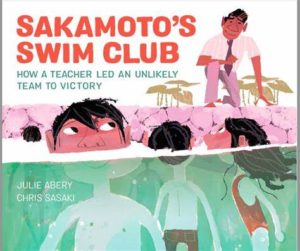 JK: Sakamoto’s Swim Club: How a Teacher Led an Unlikely Team to Victory, written by Julie Abery and illustrated by Chris Sasaki.
JK: Sakamoto’s Swim Club: How a Teacher Led an Unlikely Team to Victory, written by Julie Abery and illustrated by Chris Sasaki.
RVC: The nicest thing a kid has said about your art?
JK: “She did a good job drawing the pictures”–Livia Blackburne’s daughter (author of I Dream of Popo)
RVC: Thanks so much, Julia!

